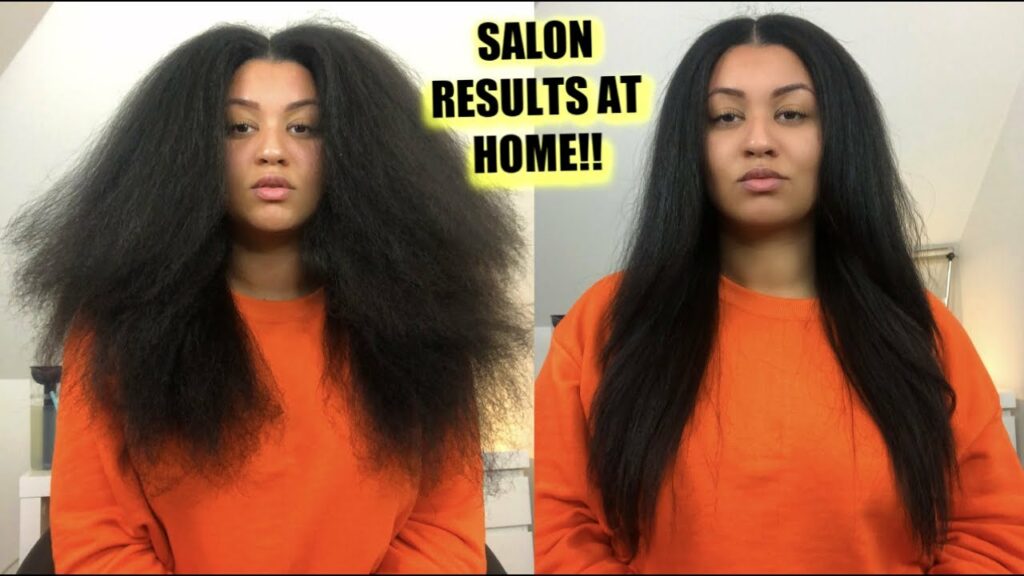
Hair protein treatment side effects
When applying a hair protein treatment, the first thing you should do is respect the frequency of application. Failing to do so can lead to side effects such as breakage and dryness.
Protein treatments can be great for your hair and should be done as often as every four to six months if you go to a salon. If you’re doing it at home, you can do it every two weeks on average.
Common side effects of protein treatments are hair weakness and breakage, frequent greasiness, and skin irritation.
Some people experience side effects when using cosmetic products. The same goes for medications.
Have you ever read the part at the bottom of a medicine’s label that provides consumers with vital information about how to properly use it.
This label is longer than the Bible and it can take a long time to read through. Once you’ve finished it, you may decide that the drug brings more trouble than anything else.
The pharmaceutical industry has always been cautious with the implications and side-effects on the labels of medicine.
I’ll tell you that the positive aspects outweigh the negative ones. Yes, you can breathe
Protein treatments can sometimes lead to side effects, but this is usually because they’re used inappropriately or excessively.
SO, THE PROTEIN TREATMENT WILL HAVE NO SIDE EFFECTS ON YOUR HAIR IF A PROFESSIONAL PERFORMS IT IN A SALON.
You might have heard that protein treatments should be applied with heat. This is because it enables the nutrients to enter the hair and seal the cuticles.
That’s my first recommendation if you want to avoid the side effects of protein treatment: go to a salon.
If you’re using these treatments on a regular basis, don’t overdo them. Too much protein might make your hair weaker or cause breakage.
It’s up to you to decide if my recommendations suit your needs.
If you take it, you can avoid side effects. If you cut them off, here are some scenarios for your near future:
When using protein treatments, it’s normal to experience side effects. These are the side effects that you may be faced with.
HAIR BREAKAGE AFTER A PROTEIN TREATMENT
As you may know, most protein treatments are applied to hair with heat. Next, you use a flat iron to seal the cuticles
Drying out your hair in extreme heat can quickly cause more damage.
These types of treatment include formaldehyde, a chemical that fills in the gaps and eliminates frizz.
But, they can make hair dry and frizzy because they remove water molecules.
That’s why it’s a good idea to apply a protein treatment at the salon.
Formaldehyde can also cause hair to become stiff if exposed to it. The stiffer hair can lead to breakages. If you mishandle the chemical, you’ll risk causing the hair breakage.
HAIR WEAKENING
Too much protein is bad for your hair.
When you apply the protein treatment, your hair starts absorbing the product and gets stronger. However, if you apply too much protein, your hair won’t assimilate enough nutrients and will start to weaken.
So in summary, the effects of the proteins become less. That’s why you should follow the guidance on how to take this type of treatment appropriately.
If you apply the protein treatment at home without heat, you can use them once every two weeks
Try going to a salon and ask the stylist about the type of protein treatment they recommend to you. They may be able to tell you how often you should apply it to see the best results.
Keratin protein treatments should typically be applied every three months while others should be applied every six months
PROTEIN TREATMENTS CAN CAUSE HAIR TO BECOME GREASIER
Protein treatments not only penetrate into the hair, but also coat the outside of the hair called the cortex.
The cuticles are in the cortex. These small scales can absorb hair chemicals or nutrients, but their main function is to open when the hair is bleached to release dye.
Hair is most vulnerable when it’s dry as the cuticles break. The hair then becomes damaged and has a jagged finish. Frizz will also appear as a result.
Protein treatments fill in these “gaps” and are sealed with heat, which provides a protective film
So far, so good, and no side effects.While sweating, the scalp expels toxins, dirt, and oil from your scalp.
Applying protein treatments can limit some of your natural oil-producing processes, causing your hair to look greasy more quickly.
The use of this protein treatment has been shown to result in a 95% chance that side effects will occur.
To fix this, you need to wash your hair. Here’s the dilemma:
If you wash your hair every day, it will fade the protein treatment faster and damage it. Your hair should be washed no more than once a week to avoid removing the natural oil that is put there as a protective mechanism
PROTEIN TREATMENTS CONTAINING FORMALDEHYDE CAN CAUSE SKIN, EYE, AND THROAT IRRITATION
Formaldehyde evaporates with the use of a hair straightener, leading to it turning into toxic vapors.
When I apply these protein treatments at the salon, I use a mask and do them in a specific, ventilated part of the salon
Inhaling vapors from them can produce a lot of irritations in the throat, nose, and eyes.
For the best possible comfort and safety, I offer my clients a mask to protect their mouth & nose and ask that they close their eyes during the process.
If you think your skin may have been exposed to the protein treatment, rinse immediately with water
To avoid product buildup, the protein treatment should never touch the roots of your hair. It’s only applied to the ends.
CONCLUSIONS
Protein treatments can be great for hair, but they tend to have side effects.



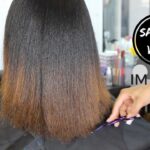
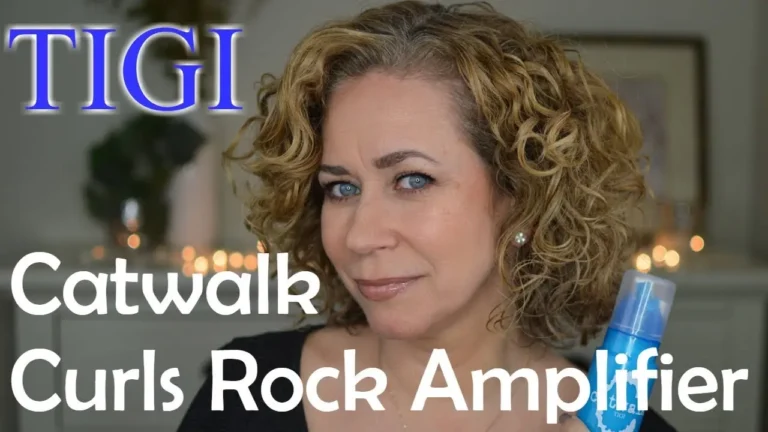
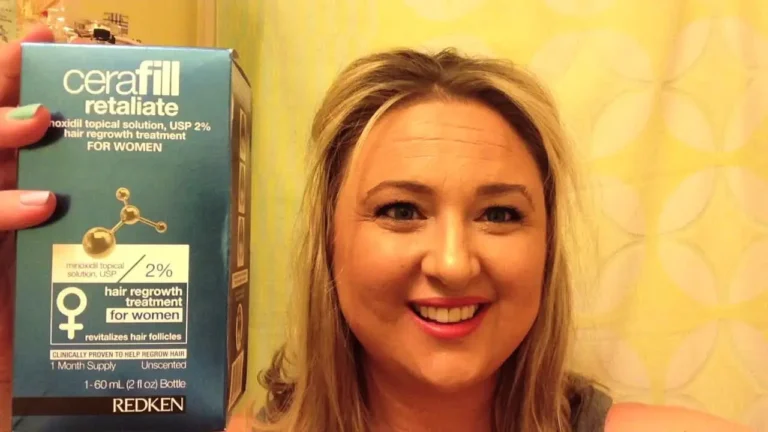
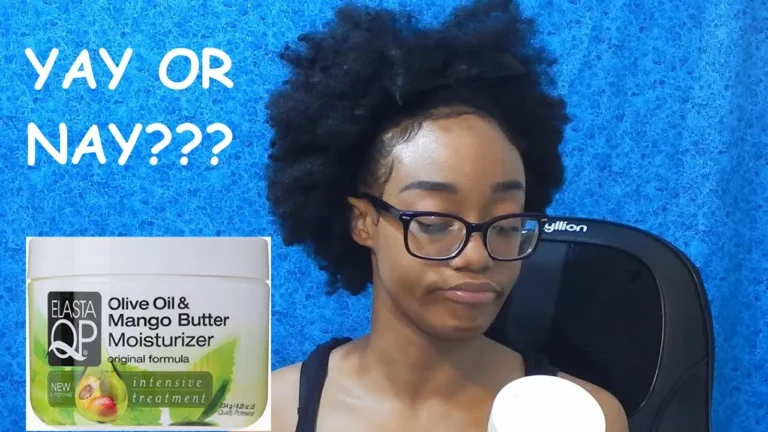

Comments are closed.